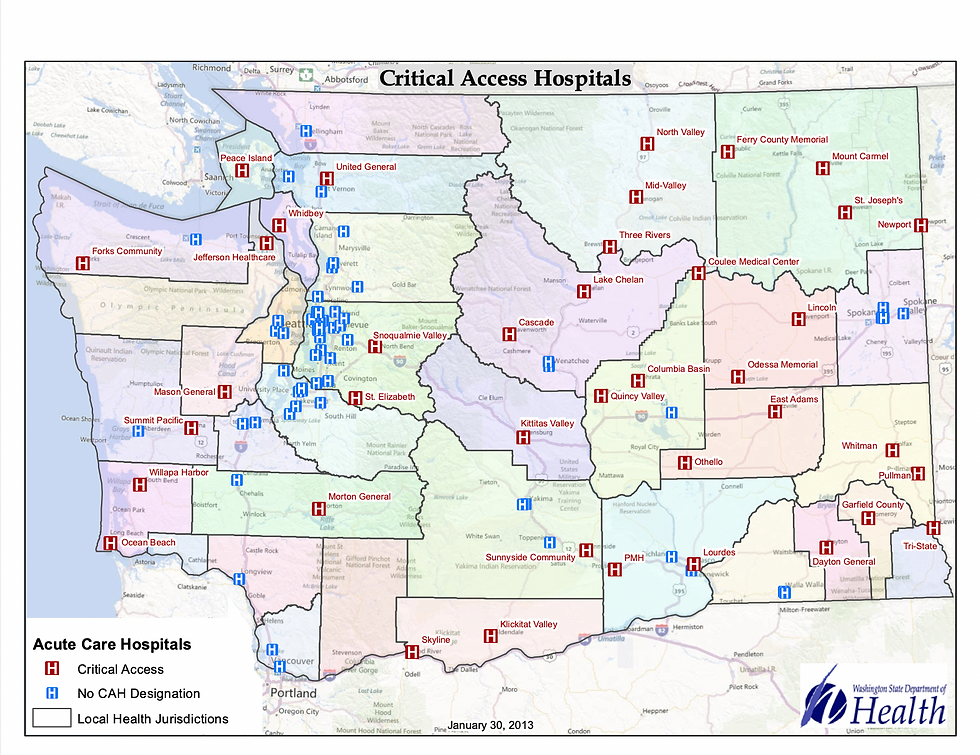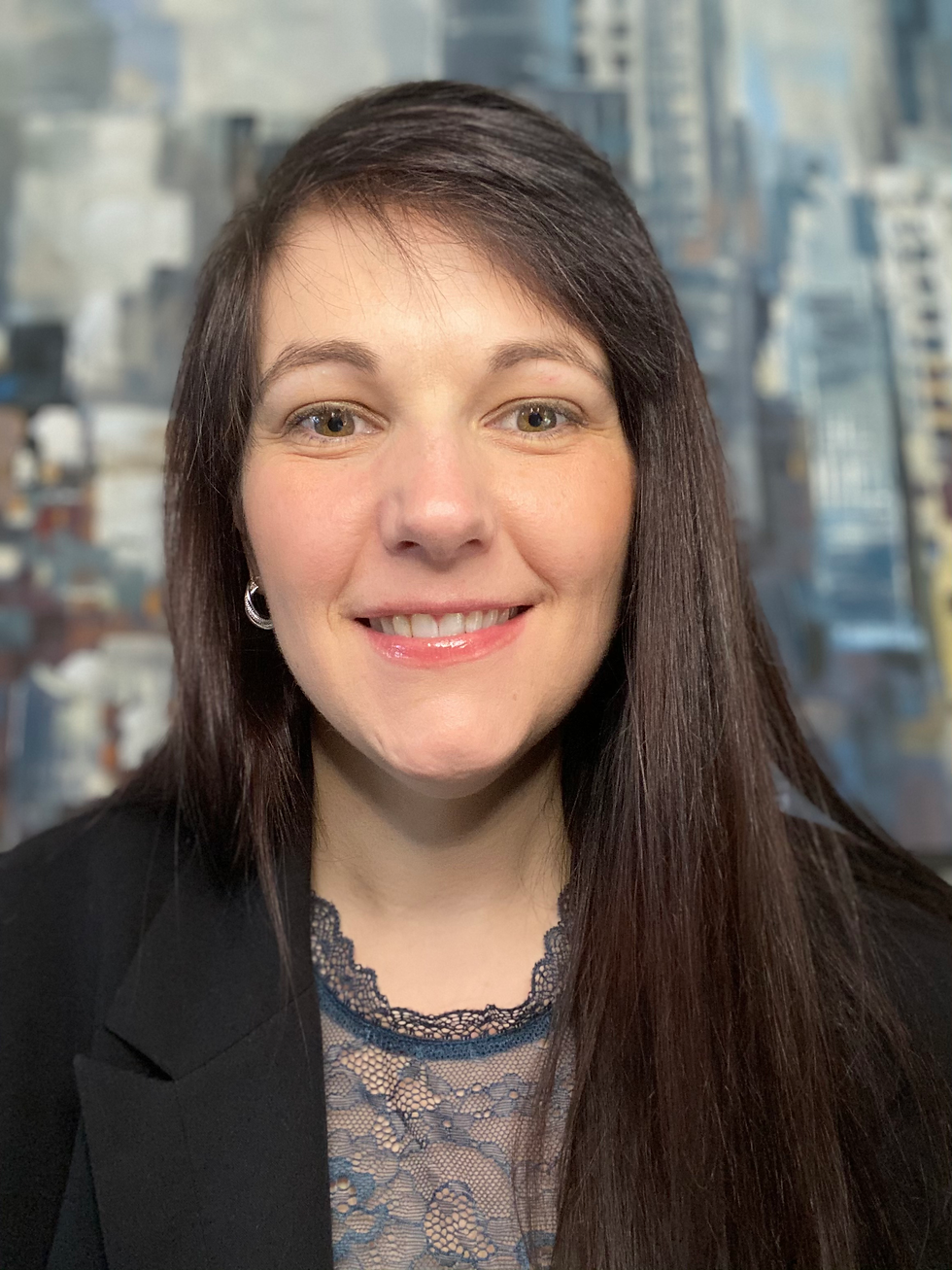It's All in the Numbers
- Sara Bergenholtz
- May 27, 2023
- 4 min read
Updated: May 27, 2023

I have been told that organizing a hospital with less than 100 nurses is a futile effort. It seems that while it may be easier to get the votes you need, the effectiveness of a union in such locations is always hampered because you just don't have the numbers , the weight, to force change.
This has never seemed quite right to me. I am certain there is a whole library of data to back it up, but however large or small the hospital, nurses remain the largest part of its workforce. And one of the most critical, for although it may be the doctors who write the orders and so make the money (according to my own facilities CFO) nothing gets done without nurses. Our healthcare system was unintentionally built with nurses as a vital resource. It feels like it shouldn't matter if there are 30 nurses or 100 in a facility if they want to get things done.
When you bring a union into the mix it seems even more strange to me that the numbers at a specific facility are given as much weight in organizing as they seem to be. A union, after all, is built to leverage the strength of all its members. So it seems to me, that if a facility with fewer than 100 nurses is having trouble getting things done you reach out to other, larger, facilities nearby and enlist their help. If it's a numbers problem, you increase your numbers.
In my own area, Wenatchee, Wa, the hospital I work at is the largest in the area. When fully staffed we have around 500 nurses. Within 30-60 minuets in any direction you will find one of the four critical access hospitals in our area. Two of those have been unionized.One of them, those poor unlucky souls, have the unique privilege of being overseen by the President of the Washington State Hospital Association.
According to the Washington state DOH there are 39 critical access facilities in Washington. (A list of them can be found here: https://doh.wa.gov/sites/default/files/legacy/Documents/2900/609012-CAHlist-RuralHealth.pdf?uid=64719979d9f22 . )That may not seem like a whole lot of facilities, but on the east side of the state roughly every third patient we care for started at a critical access facility, in the care of the nurses who work there. Nurses who, if not ignored, haven't been given the opportunities to leverage the power of their voices, their knowledge, and experience the way those of us at larger facilities have. If they don't have the numbers it is a certainty that they don't have the funds. And, sad to say it, unions just don't do the best job representing them because so much of their resources are taken by the larger bargaining units.
So. I have some questions.
Have you ever been asked to support those in a smaller, nearby unit? Either through your presence or through the use of local funds to purchase things like shirts, buttons, or yard signs? Have you ever been asked by your union to load up in a van or a bus with as many other members as you can to stand on a picket line at a smaller facility? To advocate for them on the social media platform of your choice?
How many of us know anything about the difficulties at Good Sam? How many of us would know that they held a vote of no confidence in their CEO if it hadn't been mentioned by Nurse Erica? Let's go bigger. How many of us knew that in the beginning of the year Tacoma General was expecting to have to strike during their contract negotiations?
I can guess the answers to these questions and If I am right I have to say we're failing as a union. We're failing because we forget that the most important component of a union is the people of which it is comprised (this is not unexpected, it's an inevitable consequence of that bastard Service Model that unions adopted for far too long) and that the movement of people, the strength of people united, has moved more mountains in this country than we could possibly begin to recall.
We have a regional structure, and while I believe it belongs more to the "professional side" of our association there seems no reason that such a model could not be adopted when it comes to the bargaining unit themselves. In such a structure the actual number of nurses working at a facility would matter less if you could pull support, financial or otherwise, from the larger bargaining units in the region. This idea is not dissimilar from the state labor councils, where the various unions in an area will come together to support each other and advocate together. So it's not like I'm proposing reinventing the wheel.
What I am proposing is to use our union to do what unions do best, bring people together as a united group to support one another and bring about the necessary changes to our working conditions we all know we need.
Interestingly enough, our own David Keepnews is a VP for the Washington State Labor Council. My own bargaining unit is a member of the Central Washington Labor Council as well. We have the connections to those with the know how. We have access to the blue prints, as it were, to make this a thing. It is my goal, in whatever capacity I may serve, to see us stop treating our union as a collection of individual bargaining units, forever independent of one another. What's good for one nurse, is good for all nurses.
As the saying goes, all ships rise in a high tide. It feels like that tide should start rolling in soon.
Washington State Labor Council: https://www.wslc.org/who-we-are/







Comments